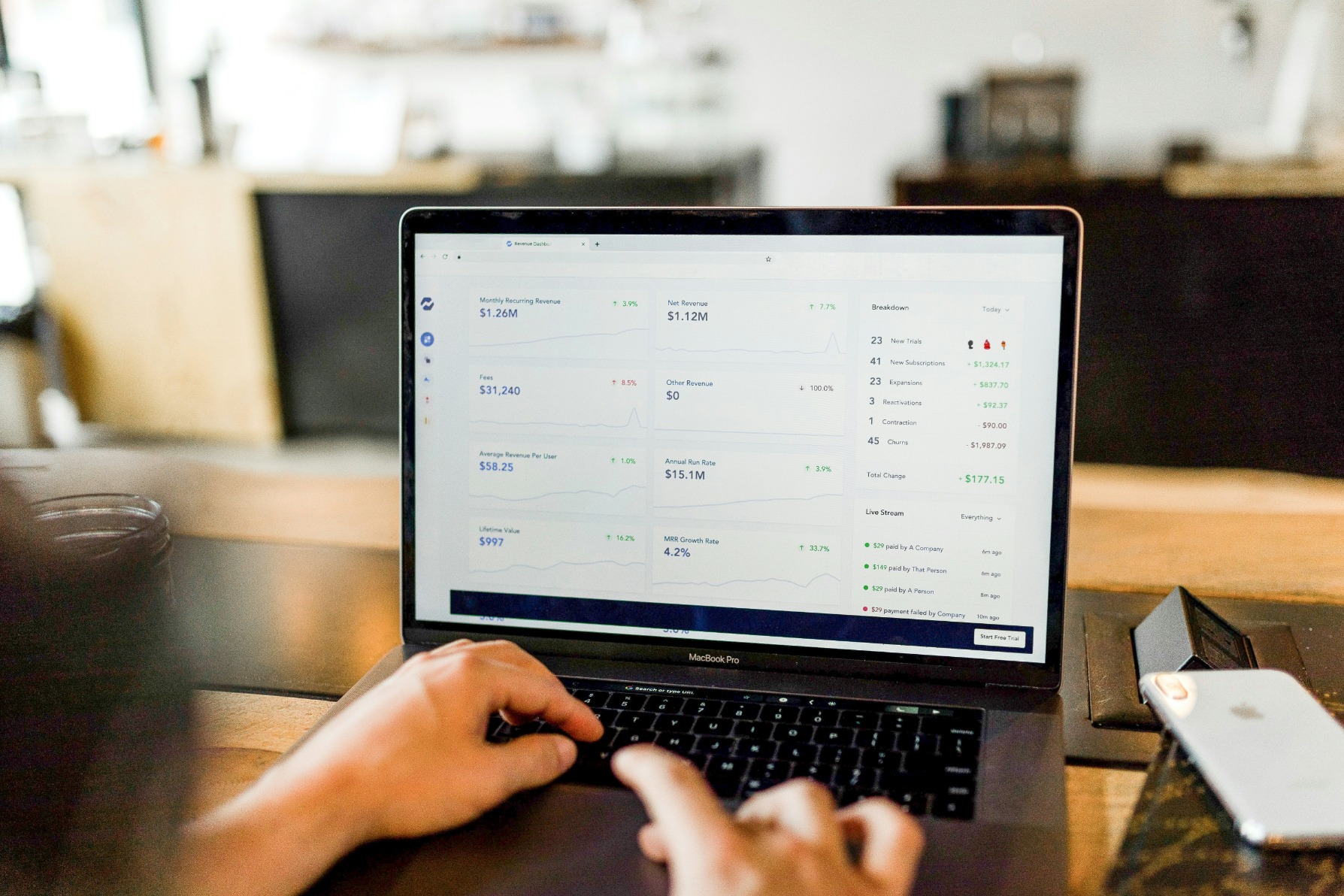What is the connection between accounting and risk management?
Accounting is the systematic recording, analysis, and summarization of financial transactions. This provides a holistic view of a company’s financial status. Accounting is a vital part of the business operation. It not only acts as a record, but it also helps to guide strategic decisions. Accounting and risk management are at the intersection of two critical areas. Accounting practices and accurate financial data are essential for effective risk management as businesses navigate an uncertain landscape. Accounting is a vital component of risk management because it helps to identify potential financial risks and provides a basis for making informed decisions. This ensures that organizations have a sustainable and resilient financial future.
Risk management identifies, monitors, controls, or resolves risks that could affect successful business operations or goals. Unchecked issues can harm any organization. Risks can be large-scale, such as IT security, or more personal risks, like over-reliance on one vendor. All of them boil down to the financial costs. What financial costs can you expect to incur?
Accounting allows you to identify financial risks by visualizing the impact of different products, events and resources on your financial health. These numbers provide you with concrete data that you can use. Financial analysis reveals risk management solutions, allowing you to identify and navigate risks. It also creates better opportunities.
Risk Management Accounting Factors
Accounting data can be collected from many sources and stored, tracked, monitored, and analyzed within one intuitive accounting system. Accounting allows you to isolate which initiatives, products or events contribute to a lower investment return. It’s much easier to take corrective action when you know what’s happening. The financial amounts and trends surrounding your initiatives can provide concrete information about what’s working.
Risk factors are common to all companies, regardless of size or industry.
Financial risks
Several factors, including failed projects, increased expenses and poor cash flow, can cause instability in the financial world.
Human Factors
Human factors can be responsible for several costs, including poor decision-making, mistakes, employee loss, or staffing issues.
Environment
Unpreparedness and environmental changes can increase the cost of damages and time. Cloud-based risks and reduced business are other factors.
Problems with equipment/products
Risks that can increase costs include product delays, equipment failure, and shortages of supplies.
The risks are manageable because they can easily be identified and tailored to your organization. Accounting Seed allows you to define and monitor unique risks with automated alerts and reporting. We’ll look at financial reporting tools as your ultimate risk-management solutions.
Consider business insurance
Accountants should seriously consider professional indemnity insurance. These provide a layer of protection for your business. This coverage acts as a crucial safety net, providing financial protection in the event of clients’ errors, omissions, or professional negligence claims. Mistakes can occur in the dynamic accounting landscape, where accuracy and precision are paramount, leading to potential legal repercussions. Professional indemnity insurance covers legal defence costs and addresses any damages awarded to clients. This insurance is a proactive measure to safeguard the accountant’s reputation, financial stability, and professional integrity, offering peace of mind while navigating the complexities of the financial industry.
Power of Comprehensive and Custom Reporting
Financial and managerial reports are the best ways to track time, money and efficiency in your business. You can easily compare and see the return on investment.
It is essential to understand and manage your risks by the way you present and compile your data. Custom financial reporting allows you to customize calculations and formats for specific data. It also allows you to compare financial reports more efficiently and maintain accuracy.
Budget comparison with actual
Reporting on the year-to-date
Budget comparison
Report on relative accounting periods
Actual to Actual Comparison
These reports can be used to determine how your financial activities have affected your finances in a defined period. These reports can help you identify areas where there is risk. You may also need to review the following financial reports:
Profit and Loss
Profit and Loss versus Budget
Balance Sheet
Trial Balance
Cash Flow Statement
Ledger Inquiry
These reports are helpful because they can be customized to answer specific or broad questions. This is where, in risk management, you can monitor and pinpoint areas of concern.
In conclusion, the connection between accounting and risk management is a symbiotic relationship crucial for the sustainable financial future of any organization. Accounting is the backbone, offering a systematic approach to record-keeping, analysis, and decision-making. It provides essential insights that guide strategic choices and helps identify, monitor, and navigate potential financial risks when integrated into risk management practices. The power of comprehensive and custom reporting in accounting allows for a nuanced understanding of financial data, enabling businesses to pinpoint areas of concern and manage risks effectively. Additionally, accountants should consider professional indemnity insurance as a proactive measure and safety net against potential legal and financial ramifications. As businesses strive for resilience and success, integrating accounting practices into risk management strategies becomes beneficial and imperative.




























